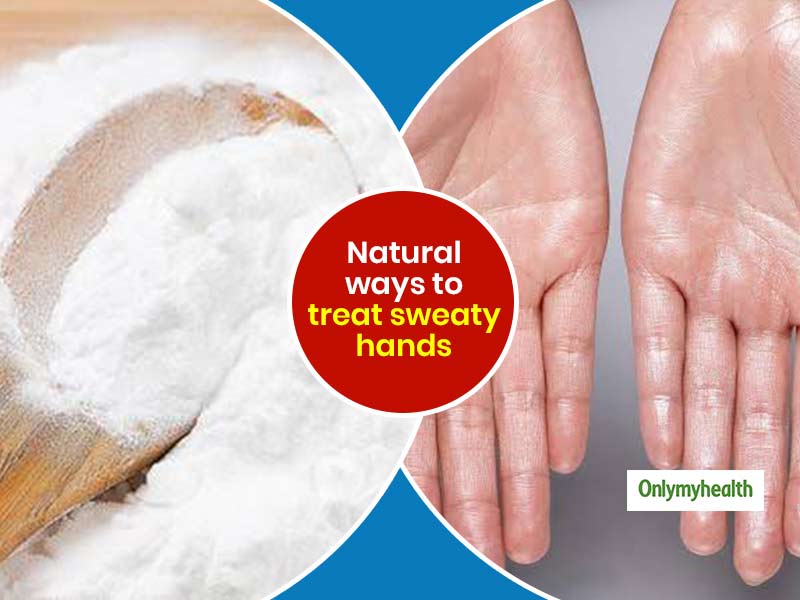Top Dermatology Treatments for Hyperhydrosis of Hands and Feet: What You Need to Know
Unveiling the Intricacies of Excessive Sweating: A Comprehensive Overview to Medical Diagnosis and Monitoring
Excessive sweating, clinically recognized as hyperhidrosis, is a condition that impacts a substantial variety of individuals and can have a profound effect on their lifestyle. While sweating is a natural bodily function, its overactivity in hyperhidrosis provides an one-of-a-kind collection of challenges that commonly go past plain discomfort. Understanding the underlying causes, acknowledging the signs and symptoms, and browsing the analysis procedure for hyperhidrosis can be intricate tasks. In this extensive guide, we will check out the intricacies of hyperhidrosis, from its medical diagnosis to the variety of therapy options offered, losing light on reliable monitoring approaches for those facing this problem.

Recognizing Hyperhidrosis Causes
Hyperhidrosis triggers can be connected to various aspects such as genes, hormonal discrepancies, and particular medical problems. Genes play a significant role in main focal hyperhidrosis, where people inherit the condition from their household members. By determining the certain factors adding to too much sweating, medical care companies can customize therapy plans to attend to the underlying reason, offering relief and enhancing the top quality of life for individuals affected by hyperhidrosis.
Acknowledging Hyperhidrosis Effects

Moreover, hyperhidrosis signs and symptoms might manifest in psychological and social distress, as people may feel humiliated or distressed regarding their sweating, resulting in avoidance of social situations (How to stop sweaty hands). Furthermore, duplicated episodes of too much sweating can lead to skin maceration, fungal infections, and a general decline in self-worth
Diagnostic Refine for Hyperhidrosis
Initiating the analysis process for excessive sweating entails extensive examination of the person's case history and health examination. Asking about the onset, period, and triggers of sweating episodes is critical to distinguish in between main focal hyperhidrosis and second generalized hyperhidrosis. Clinical history must also consist of inquiries regarding drugs, medical problems, and family history of hyperhidrosis.
Throughout the physical exam, specific focus is paid to the areas influenced by sweating. The healthcare supplier may evaluate the level of sweating, check for indications of underlying problems, and evaluate the effect of sweating on the person's quality of life. Furthermore, particular tests like the gravimetric test, starch-iodine test, or skin conductance you can try here dimensions might be conducted to measure the quantity of sweat generated.
Furthermore, in situations where additional hyperhidrosis is presumed, added examinations such as blood examinations, pee examinations, and imaging researches may be recommended to identify the underlying cause of excessive sweating. The diagnostic process aims to accurately determine the type and source of hyperhidrosis to guide appropriate management strategies.
Treatment Alternatives for Hyperhidrosis
When dealing with excessive sweating, numerous treatment options are available to relieve symptoms and boost the person's lifestyle. The therapy technique for hyperhidrosis depends upon the severity of symptoms and the patient's response to first treatments.
Topical treatments, such as aluminum-based antiperspirants, are typically recommended as the initial line of protection for handling mild instances of hyperhidrosis. These products work by connecting the sweat ducts, hence minimizing the amount of sweat that gets to the skin's surface area. For individuals with extra serious symptoms, dental medications like anticholinergics might be recommended to help lower sweating. Nevertheless, these medicines can have adverse effects and are not ideal for everybody.

Effective Monitoring Techniques
To successfully manage hyperhidrosis, a individualized and detailed therapy plan customized to the patient's particular demands and response to previous therapies is crucial. Iontophoresis, including the usage of a reduced electrical present to minimize sweat gland task, can be advantageous for both palmoplantar and axillary hyperhidrosis. A multidisciplinary technique entailing dermatologists, main treatment medical professionals, and, if necessary, cosmetic surgeons, can enhance the monitoring of hyperhidrosis.
Verdict
In final thought, hyperhidrosis is a condition defined by excessive sweating, which can significantly impact a person's top quality of life. With appropriate diagnosis and management strategies, people enduring from my site hyperhidrosis can discover relief and boost their total wellness.
Excessive sweating, medically recognized as hyperhidrosis, is a problem that affects reference a significant number of people and can have an extensive impact on their quality of life. By recognizing the certain aspects contributing to excessive sweating, medical care suppliers can tailor therapy strategies to address the underlying reason, using relief and improving the quality of life for people affected by hyperhidrosis.
Hyperhidrosis, characterized by extreme sweating past what is essential for regulating body temperature level, can dramatically influence a person's high quality of life. Making inquiries regarding the start, duration, and triggers of sweating episodes is vital to distinguish in between primary focal hyperhidrosis and second generalized hyperhidrosis. Exessive Sweating.In final thought, hyperhidrosis is a problem defined by excessive sweating, which can substantially impact a person's top quality of life